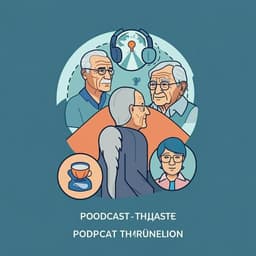
Medicine and Health
Consistent survival in consecutive cases of life-supporting porcine kidney xenotransplantation using 10GE source pigs
D. Eisenson, Y. Hisadome, et al.
Explore the groundbreaking study on pig-to-nonhuman primate kidney xenotransplantation, revealing consistent long-term survival outcomes that pave the way for clinical advancements in addressing the organ shortage crisis. This compelling research was conducted by a team of experts.
Playback language: English
Related Publications
Explore these studies to deepen your understanding of the subject.







